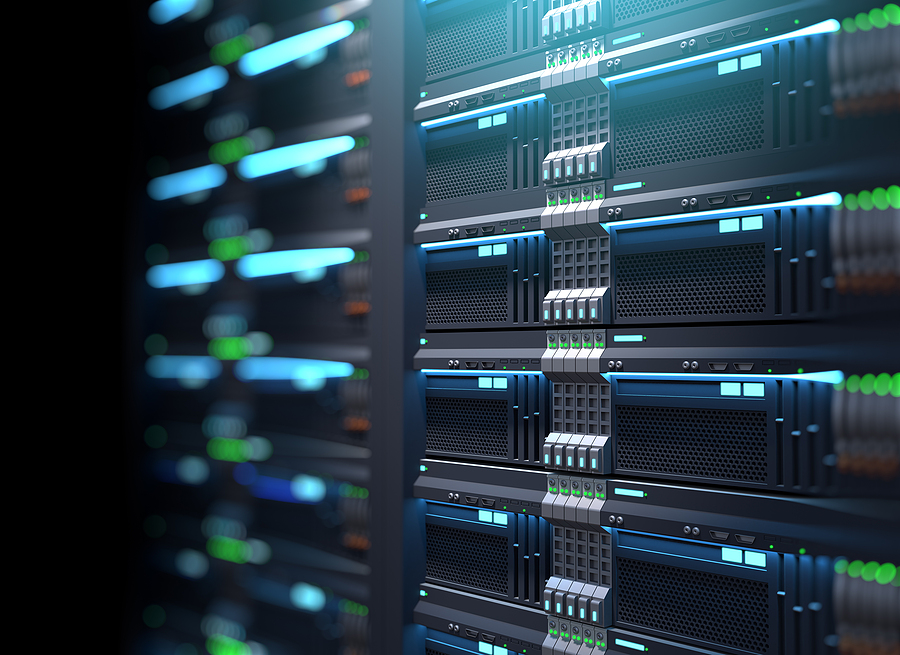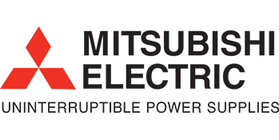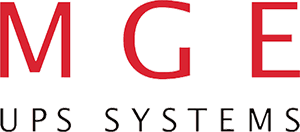Efficiency Studies (PUE)

Electricity costs now form a substantial component of the data center operational expense base, in fact since 2004 they have outstripped depreciation of IT equipment within the data center as an expense. Cooling inefficiencies remain a key driver of power consumption within data center environments.
The significant capital investment associated with traditional solutions (new data center space, upgraded mechanical plant, liquid-cooled cabinets, relocation to highly specified co-located space) is typically unattractive or infeasible in the current fiscal climate.
Against this backdrop, expected Government initiatives to charge for carbon emissions, publish enterprise energy usage and lower carbon emissions have also reinforced the need for firms to measure their data center efficiency and devise steps to improve it, to safeguard their fiscal and reputational positions.
Data center electrical efficiency is rarely planned or managed. The unfortunate result is that most data centers waste substantial amounts of electricity. Today, it is both possible and prudent to plan, measure, and improve data center efficiency. In addition to reducing electrical consumption, efficiency improvements can gain users higher IT power densities and the ability to install more IT equipment in a given installation.
Efficiency Studies (PUE)
Power usage effectiveness (PUE) is a metric used to determine the energy efficiency of a data center. PUE is determined by dividing the amount of power entering a data center by the power used to run the computer infrastructure within it. PUE was created by members of the Green Grid, an industry group focused on data center energy efficiency. At the end of 2012, The Green Grid announced that the PUE metric was set to become an ISO standard within the next year. According to the Uptime Institute, the average Power Usage Effectiveness (PUE) rating for data centers is 1.8, according to a survey of more than 500 data centers. This means that for every 1.8 watts in at the utility meter, only one watt is delivered out to the IT load. Uptime estimates most facilities could achieve better PUE results using the most efficient equipment and best practices. Large users such as Google, Yahoo, Facebook and Microsoft have reported industry-leading ratings in the 1.07 to 1.2 range. These numbers demonstrate the potential for ultra-efficient data centers, but are sometimes critiqued as having limited relevance for enterprise data centers that must engineer their facilities for many types of applications and workloads.

Let The Number Speak
Why Choose Us
GUARDIAN POWER VENDORS


